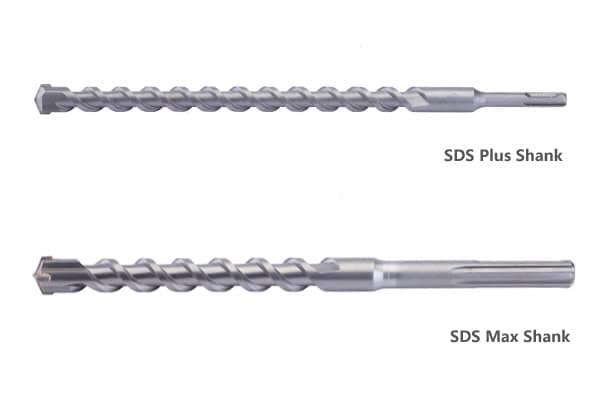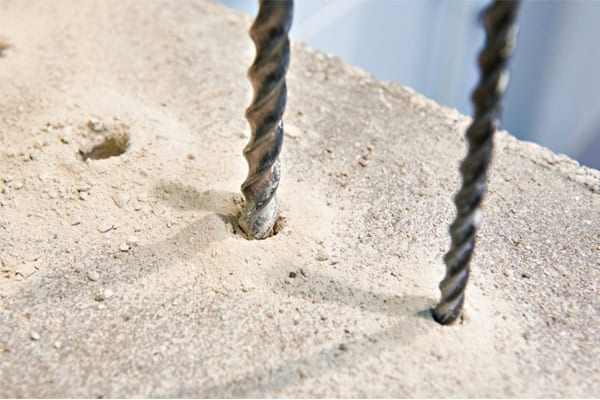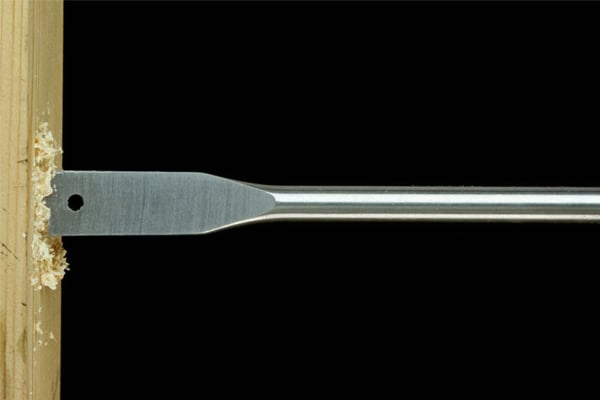Staring at drill bits, wondering which one to grab? I get it! It’s easy to feel lost in the tool aisle. Are you scratching your head, trying to figure out if you need an SDS Max or an SDS Plus for your next project? Don’t worry, you’re not alone. Lots of folks find these terms confusing, but knowing the difference can save you time, money, and a whole lot of headaches.
The main thing to remember is that SDS Max and SDS Plus are different sizes and power levels of drill bits. SDS Max bits are the big guys, made for really tough jobs like breaking up concrete. SDS Plus bits are more for everyday tasks, like drilling into brick or tile. SDS Max has a bigger shank (the part that goes into the drill), which means it needs a different type of drill than SDS Plus.

Choosing the right drill bit can make a huge difference in how smoothly your project goes. Let’s take a closer look at SDS Max1 et SDS Plus2, so you’ll know exactly which one to reach for next time.
Que signifie SDS sur un foret ?
Ever seen "SDS" on a drill bit and wondered what it actually means? It’s a common question, and the answer is pretty interesting. It’s more than just a random set of letters; it tells you something important about how the drill bit works3.
SDS stands for "Slotted Drive System" or "Special Direct System." It’s a special design that lets the drill bit move back and forth while it’s spinning. This "hammering" action makes it much easier to drill into hard materials like concrete, because the bit is not just spinning, it’s also pounding.

The Secret Behind the SDS Shank
The magic of the SDS system is all in the way the shank (the part that connects to the drill) is designed. Here’s a simple breakdown:
| Caractéristique | La description | How it Helps |
|---|---|---|
| Grooved Shank | The shank has special grooves that lock into the drill’s chuck. | This makes the connection really strong, so the bit won’t slip, even when you’re drilling hard. |
| Moving Bit | The bit can move back and forth inside the chuck. | This creates the "hammering" action that helps break up the material you’re drilling into. |
| Moins d'effort | The hammering action means you don’t have to push as hard. | Drilling is faster, easier, and less tiring, especially when you’re working with tough stuff like concrete. |
| Polyvalent | Works on lots of different materials, like concrete, stone, and brick. | You can use it for all kinds of projects, so you don’t need a bunch of different drills. |
I remember one time, I was trying to drill a hole in a concrete wall with a regular drill, and it was taking forever. A friend told me to try an SDS drill, and I was amazed at how much faster it was. It’s definitely the right tool for the job when you’re working with hard materials.
Will an SDS Bit Fit a Regular Drill?
This is a really important question, and it’s one you need to know the answer to before you try anything. It’s tempting to try and make things fit, especially if you already have an SDS bit, but it’s not worth the risk of damaging your tools4.
No, you can’t use an SDS bit in a regular drill. SDS drills have a special chuck (the part that holds the bit) that regular drills don’t have. The SDS chuck is designed to let the bit move back and forth, which is how the hammering action works. Regular drills don’t have this feature, so the SDS bit won’t fit properly.

Why SDS and Regular Drills Are Different
The reason SDS bits won’t fit in regular drills comes down to the way the chuck is designed. Here’s a quick comparison:
| Aspect | Regular Drill | SDS Drill |
|---|---|---|
| Chuck Type | Standard, usually keyless | Special SDS chuck |
| Bit Movement | Bit stays in one place | Bit moves back and forth |
| Force | Just spinning | Spinning and hammering |
| Compatibilité | Works with regular bits | Works with SDS bits only |
I actually tried to put an SDS bit in my regular drill once, and it didn’t work at all. I ended up scratching the chuck on my drill, and I almost broke the bit. It’s definitely not worth trying. Use the right tool for the right job, and you’ll save yourself a lot of trouble.
SDS-Plus vs SDS Max Rotary Hammer Drills
So, you know that SDS drills are for tough jobs, but what’s the deal with SDS-Plus and SDS Max? It’s all about the size and power you need. Choosing the right one can make a big difference in how easy it is to get the job done.
SDS-Plus and SDS Max are different sizes of SDS rotary hammer drills. SDS-Plus is smaller and lighter, so it’s good for everyday tasks like drilling into brick or tile. SDS Max is bigger and more powerful, so it’s better for heavy-duty work like demolishing concrete or drilling large holes.
Breaking Down the Differences
Here’s a closer look at the key differences between SDS-Plus and SDS Max:
| Caractéristique | SDS-Plus | SDS Max |
|---|---|---|
| Taille | Smaller and lighter | Larger and heavier |
| Power | Light to medium duty | Heavy-duty |
| Jobs | Brick, tile, small concrete | Concrete demolition, big holes |
| Taille de tige | 10mm | 18mm |
| Best For | DIY projects, smaller jobs | Professional construction |
I use my SDS-Plus drill for most of my home projects, like hanging pictures on brick walls or installing a tile backsplash. But when I had to break up an old concrete patio5, I knew I needed something with more power. That’s when I rented an SDS Max drill, and it made the job so much easier.
Can you drill wood with an SDS drill?
Okay, so SDS drills are great for hard stuff, but what about wood? Can you use them for woodworking projects? The answer is a bit complicated.
Yes, you boîte drill wood with an SDS drill, but it’s usually not a good idea. SDS drills are designed to hammer through hard materials, and that hammering action can easily damage or splinter wood. It’s much better to use a regular drill with drill bits designed for wood.

Why SDS Drills and Wood Don’t Mix
Here’s what you need to think about before you try using an SDS drill on wood:
| Aspect | SDS Drill on Wood |
|---|---|
| Qualité du trou | Can be rough and splintered |
| Damage Risk | Higher chance of damage |
| Control | Harder to control |
| Better Option | Regular drill with wood bits |
I tried to drill a hole in a piece of wood with my SDS drill once, and it was a disaster. The wood splintered, and the hole was way too big. I learned my lesson: stick to regular drills6 pour woodworking7.
Conclusion
Choosing between SDS Max and SDS Plus comes down to what kind of projects you’re working on. SDS Max is for the really tough stuff, while SDS Plus is perfect for smaller jobs. Always use the right tool, and you’ll get the best results.
-
Explore this link to understand the unique features and applications of SDS Max drill bits, enhancing your project efficiency. ↩
-
Learn about SDS Plus drill bits and their specific advantages, helping you choose the right tool for your needs. ↩
-
Learning about drill bit mechanics can optimize your drilling techniques and ensure better results in your tasks. ↩
-
Preventing tool damage is essential for longevity and performance. This resource offers valuable tips to protect your tools effectively. ↩
-
Find expert tips on breaking up concrete patios to make your home improvement projects easier and more efficient. ↩
-
Learning about the benefits of regular drills can help you make informed decisions for your woodworking tasks. ↩
-
Exploring the best tools for woodworking will enhance your skills and ensure better results in your projects. ↩